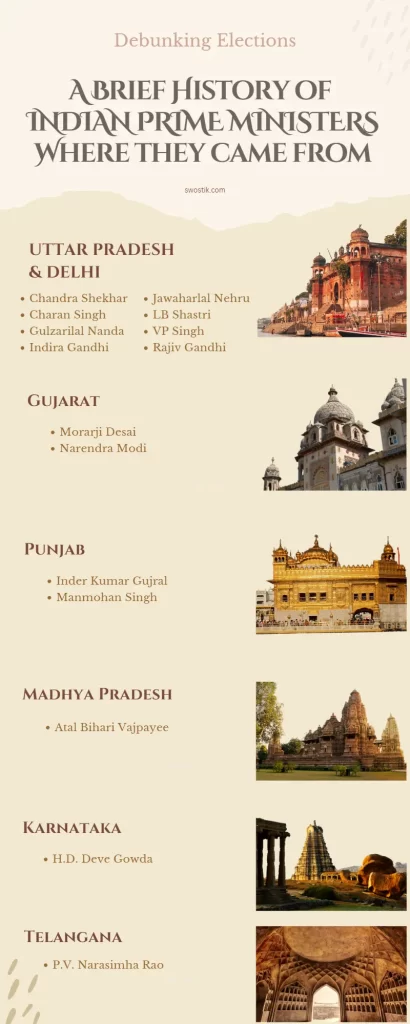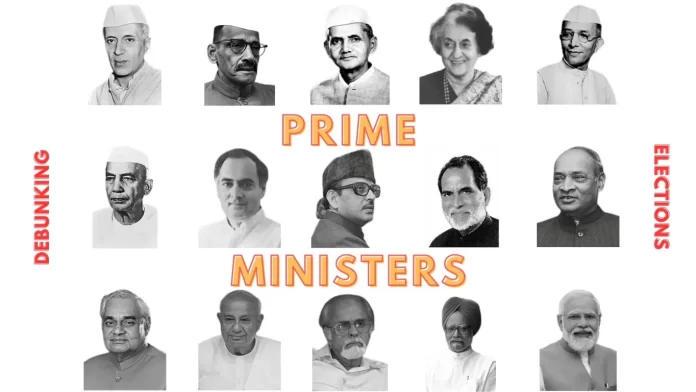The process of electing the Prime Minister of India begins after the general elections are held to determine the composition of the Lok Sabha, the lower house of the Indian Parliament. The political party or coalition that secures a majority of seats in the Lok Sabha forms the government, with their leader becoming the Prime Minister.
In India, the Prime Minister is not elected directly by the people but is chosen through an internal process within the winning political party or coalition. After the election results are declared, the elected members of the party or coalition elect their leader, who then becomes the Prime Minister.

Regarding the number of seats available from a specific constituency, it is important to note that the Prime Minister does not represent a single constituency. Instead, they are chosen to lead the entire country. However, individual Members of Parliament (MPs) who are part of the winning party or coalition represent specific constituencies and are elected from those constituencies during the general elections. Each constituency elects one MP.
Whether it is easy or difficult to become the Prime Minister based on the state one comes from or the electoral sway is a complex question that depends on various factors, including the political landscape, party dynamics, leadership abilities, and voter preferences. It is not solely determined by the state one hails from. National-level factors and the support of party members, coalition partners, and voters across the country play a significant role in the selection of the Prime Minister.






























